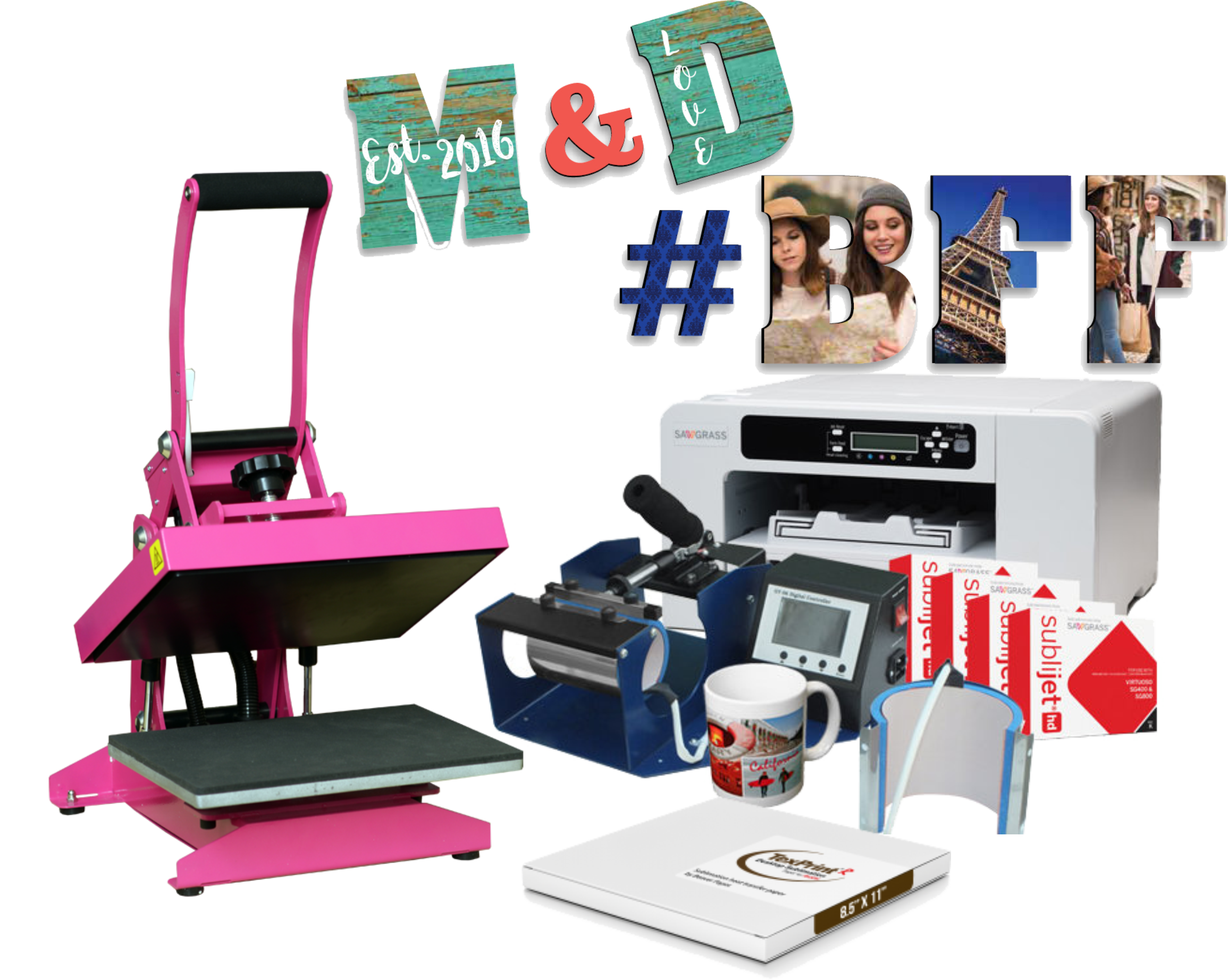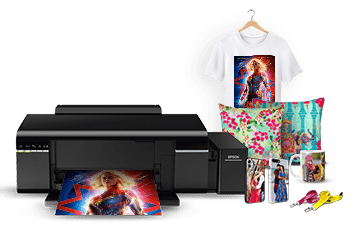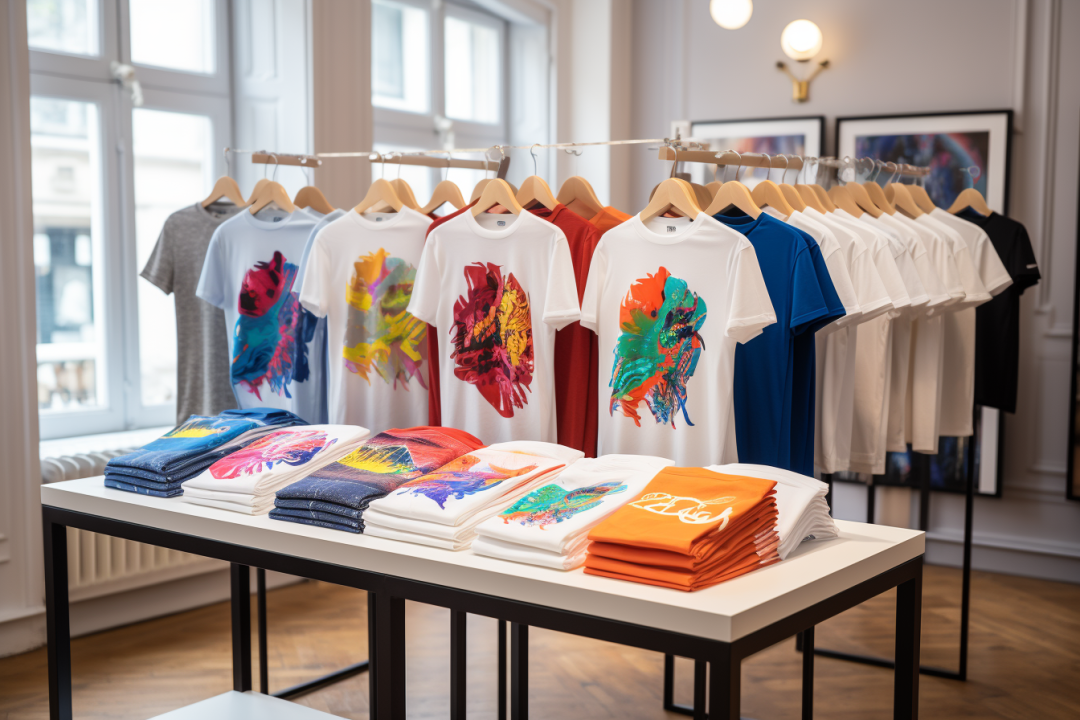How Screen Printing Transforms the Branded Clothing Industry
Wiki Article
Technologies in DTF Printing: Just How It's Changing the Market
The fabric printing market is going through a significant change, driven by the advanced advancements in Direct-to-Film (DTF) innovation. These technologies are not only improving print high quality and adaptability yet likewise simplifying the entire printing process. With exceptional ink formulas, improved film and glue modern technologies, and the assimilation of automation, DTF printing supplies lively, resilient prints on a selection of materials, fulfilling the enhancing need for personalization. As businesses look for more effective and environmentally pleasant services, the effects of these developments necessitate a closer assessment right into how they are forming the future of textile printing.Innovations in DTF Technology
Advancing quickly, DTF (Direct-to-Film) printing modern technology has actually undergone considerable renovations that are revolutionizing the textile market. Among one of the most significant innovations is the improvement in print top quality. Modern DTF printers utilize sophisticated ink formulas that lead to lively, sturdy prints with high resolution and shade precision. These inks are especially crafted for compatibility with different material kinds, making sure regular high quality no matter the material.
In addition, advancements in movie and adhesive modern technologies have actually improved the general application procedure. New movies supply better elasticity and bond, improving the durability and washability of the printed designs - screen printing. This makes certain that the prints keep their integrity and vibrancy even after multiple washes
Lastly, environmental considerations have prompted the growth of eco-friendly DTF services. Producers are progressively embracing sustainable practices, such as utilizing water-based inks and recyclable movies, lining up with worldwide efforts to reduce the sector's eco-friendly impact.
Benefits Over Conventional Approaches
When comparing DTF printing to conventional techniques such as screen printing and direct-to-garment (DTG) printing, several distinctive benefits emerge. sublimation printing. One of the most significant advantages is its adaptability in material compatibility. Unlike screen printing, which usually calls for particular fabric kinds, DTF printing can be applied to a broader variety of materials, including cotton, polyester, and blends, without endangering print high qualityAnother notable benefit is cost-effectiveness, especially for small to medium-sized orders. Traditional display printing becomes financially practical only at greater quantities because of the setup expenses involved. In comparison, DTF printing gets rid of these setup expenditures, making it a lot more inexpensive for smaller sets and one-off designs.
In addition, DTF printing succeeds in toughness and washability. The prints produced are durable and preserve their honesty with multiple clean cycles, exceeding DTG prints that may fracture or fade gradually. In addition, DTF printing provides faster turn-around times. Without the demand for substantial arrangement, designs can be printed and moved in a fraction of the moment required for display printing.

Improved Style Capabilities
DTF printing supplies enhanced design abilities that establish it apart from conventional printing methods. This innovation permits a more comprehensive range of lively colors, intricate information, and nuanced slopes, offering designers with extraordinary adaptability. The process involves publishing a style onto a special movie, which is then transferred to textile. This enables for high-resolution prints that maintain clarity and intensity, even on complex patterns and tiny message.Furthermore, DTF printing sustains a wide selection of fabrics, consisting of cotton, polyester, blends, and also non-textile substrates. This versatility opens up doors for innovative applications in varied sectors such as style, home style, and promotional products. Unlike display printing, which can be limiting because of shade separation and stencil creation, DTF printing streamlines the procedure, making multi-color and photo-realistic layouts extra accessible.
In addition, DTF printing succeeds in accomplishing consistent shade accuracy and vibrancy. In significance, DTF printing encourages designers to press the limits of creativity, supplying visually stunning outcomes that were previously unattainable.
Price and Time Effectiveness
One of the significant advantages of DTF printing exists in its expense and time efficiency, making it a favored choice for several services. By eliminating the demand for screen arrangements and substantial pre-production processes, DTF printing significantly minimizes initial costs. Unlike typical methods that call for substantial investment in screens and setup times, DTF printing permits for direct application onto numerous materials with very little preparation. This decrease in setup time equates into faster production cycles, allowing businesses to meet orders extra quickly.Furthermore, DTF printing succeeds in generating brief runs and custom orders cost-effectively. The capability to generate high-quality prints without the requirement for big quantity commitments lessens waste and optimizes source allocation. This versatility is especially helpful for little services and startups that may not have the capital to purchase large manufacturing runs.
In terms of functional efficiency, DTF printing's structured workflow improves overall efficiency. Thus, DTF printing stands out as a transformative option in the printing industry.
Future Trends in DTF Printing
Preparing for future trends in DTF printing discloses a landscape marked by fast technological improvements and increased market need (Branded clothing). One considerable fad is the combination of artificial intelligence (AI) and artificial intelligence formulas to maximize print quality and enhance procedures. AI-driven systems can anticipate possible issues and change setups in real-time, ensuring regularly top notch resultIn addition, advancements in environment-friendly inks heat transfer vinyl printing and lasting products are expected to get grip. As ecological problems come to be more pressing, the industry is likely to see a shift towards biodegradable and non-toxic inks, lowering its environmental footprint.
Modification and customization will additionally play a pivotal duty. With the growing customer need for special, individualized items, DTF printing innovations are advancing to provide even more complex and in-depth personalization options. This trend is sustained by improved software application services that permit even more facility and innovative designs.
Lastly, the assimilation of DTF printing with various other digital systems and ecommerce solutions will certainly end up being much more smooth. This connectivity will make it possible for companies to offer on-demand printing solutions directly to customers, even more driving growth in the market. These trends jointly highlight a future where DTF printing not only fulfills however goes beyond the progressing needs of the marketplace.
Final Thought

When contrasting DTF printing to conventional approaches such as screen printing and direct-to-garment (DTG) printing, numerous unique benefits emerge. Unlike display printing, which typically requires particular textile types, DTF printing can be used to a wider range of products, including cotton, polyester, and blends, without compromising print top quality.
DTF printing provides improved style capabilities that establish it apart from standard printing approaches. Thus, DTF printing stands out as a transformative solution in the printing sector.
Technologies in DTF printing considerably boost the textile printing market by giving superior print high quality, versatility, and efficiency.
Report this wiki page